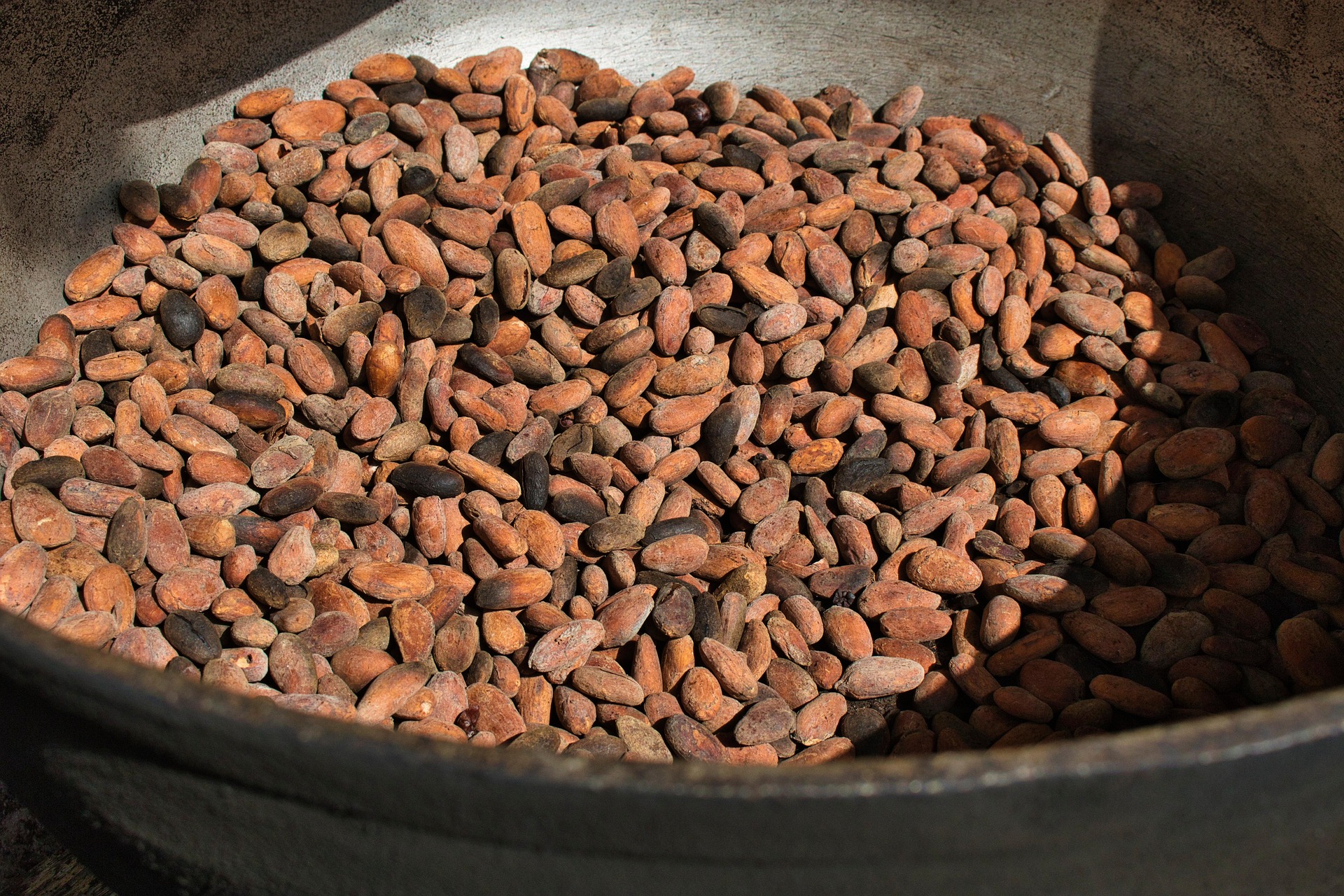Cocoa prices showed mixed performance today, with September ICE New York cocoa (CCU25) rising by +0.66% to trade up 59 points, while September ICE London cocoa (CAN25) fell by -1.30%, down 78 points. A weaker U.S. dollar spurred short-covering in U.S. markets, while a stronger British pound weighed on London cocoa contracts.
Currency Movements and Supply Concerns Shape Cocoa Trade
A sharp decline in the U.S. Dollar Index (DXY), which hit a 3-1/4 year low, supported New York cocoa futures. The falling dollar often boosts commodity prices by making them more attractive to international buyers. Meanwhile, the pound sterling hovered just below a 3-1/2 year high, putting pressure on London cocoa by increasing its cost priced in GBP.

Support for cocoa prices also comes from concerns over tightening global supply. In the Ivory Coast, the world’s top cocoa producer, cumulative shipments from October 1 to June 29 reached 1.698 million metric tons (MMT)—a 6.8% year-on-year increase. However, this growth has slowed sharply compared to the +35% jump recorded in December. Recent heavy rainfall has disrupted farm activity and the current mid-crop harvest, adding to supply worries.
Ghana, the second-largest cocoa producer globally, added further support to prices after its Cocoa Board revised its 2024/25 production forecast down to 600,000 MT from an earlier estimate of 617,500 MT. At the same time, Nigeria reported a sharp -29% drop in cocoa exports for May, bringing total shipments to just 14,110 MT—highlighting weaker output from the world’s fourth-largest cocoa exporter.
Quality Issues, Inventory Trends, and Demand Headwinds
Despite these supply-side constraints, rising inventories in the U.S. may be putting a cap on prices. ICE-monitored stocks in U.S. ports have rebounded significantly from a 21-year low in January to reach a 9-3/4 month high of 2.36 million bags as of June 18.
Quality concerns are also surfacing. Ivory Coast processors have reported that between 5% and 6% of beans in each truckload of mid-crop cocoa are of poor quality—well above the 1% typical during the main harvest. Late-arriving rains are being blamed for hampering bean development. Estimates suggest the current mid-crop will total 400,000 MT, a 9% drop from last year’s 440,000 MT.
On the demand side, chocolate makers are warning of weaker consumer appetite due to rising prices and tariff uncertainty. Barry Callebaut reduced its sales guidance, while Hershey projected $15–$20 million in Q2 tariff costs. Mondelez also reported softer Q1 snack sales due to high prices and economic stress.

This bearish trend is reflected in its processing data:
- North American Q1 grindings fell -2.5% YoY to 110,278 MT
- European Q1 grindings dropped -3.7% to 353,522 MT
- Asian Q1 grindings declined -3.4% to 213,898 MT
Despite demand challenges, supply tightness remains a key theme. The International Cocoa Organization (ICCO) revised the 2023/24 global cocoa deficit to -494,000 MT—its largest in over 60 years. It reported that global production fell -13.1% to 4.38 MMT, with stocks-to-grindings at a 46-year low of 27.0%. However, ICCO expects a turnaround in 2024/25, projecting a surplus of 142,000 MT and production rising by +7.8% to 4.84 MMT.
Make money without lifting your fingers: Start using a world-class auto trading solution.
EightCap, your trusted Partner in CFDs, Cryptocurrencies and Stocks.
- Broker
- Min Deposit
- Score
- Visit Broker
- Award-winning Cryptocurrency trading platform
- $100 minimum deposit,
- FCA & Cysec regulated
- 20% welcome bonus of upto $10,000
- Minimum deposit $100
- Verify your account before the bonus is credited
- Fund Moneta Markets account with a minimum of $250
- Opt in using the form to claim your 50% deposit bonus
Learn to Trade
Never Miss A Trade Again

Signal Notification
Real-time signal notifications whenever a signal is opened, closes or Updated

Get Alerts
Immediate alerts to your email and mobile phone.

Entry Price Levels
Entry price level for every signal Just choose one of our Top Brokers in the list above to get all this free.



